Culture & Travel
18 May 2024Mosques around the world are not only places of worship but also important structures known for their magnificent architecture and ambiance. Designed in both traditional and modern styles, these mosques captivate all who see them. Consequently, it’s possible to talk about many enchanting mosques designed with the finest architectural insights of their times, attracting countless tourists every day. Including those in our country Türkiye, there are many mosques with unique styles and impressive atmospheres. We have listed for you some of the most magnificent and splendid mosques that reflect the architectural and cultural essence of their locations.
Masjid al-Haram (Saudi Arabia)
Known as the most sacred site in Islam and the largest mosque in the world, Masjid al-Haram is the most significant structure visited by millions of people each year for Hajj and Umrah. One of the reasons for its importance is that it houses the Kaaba, located in the center of the mosque.
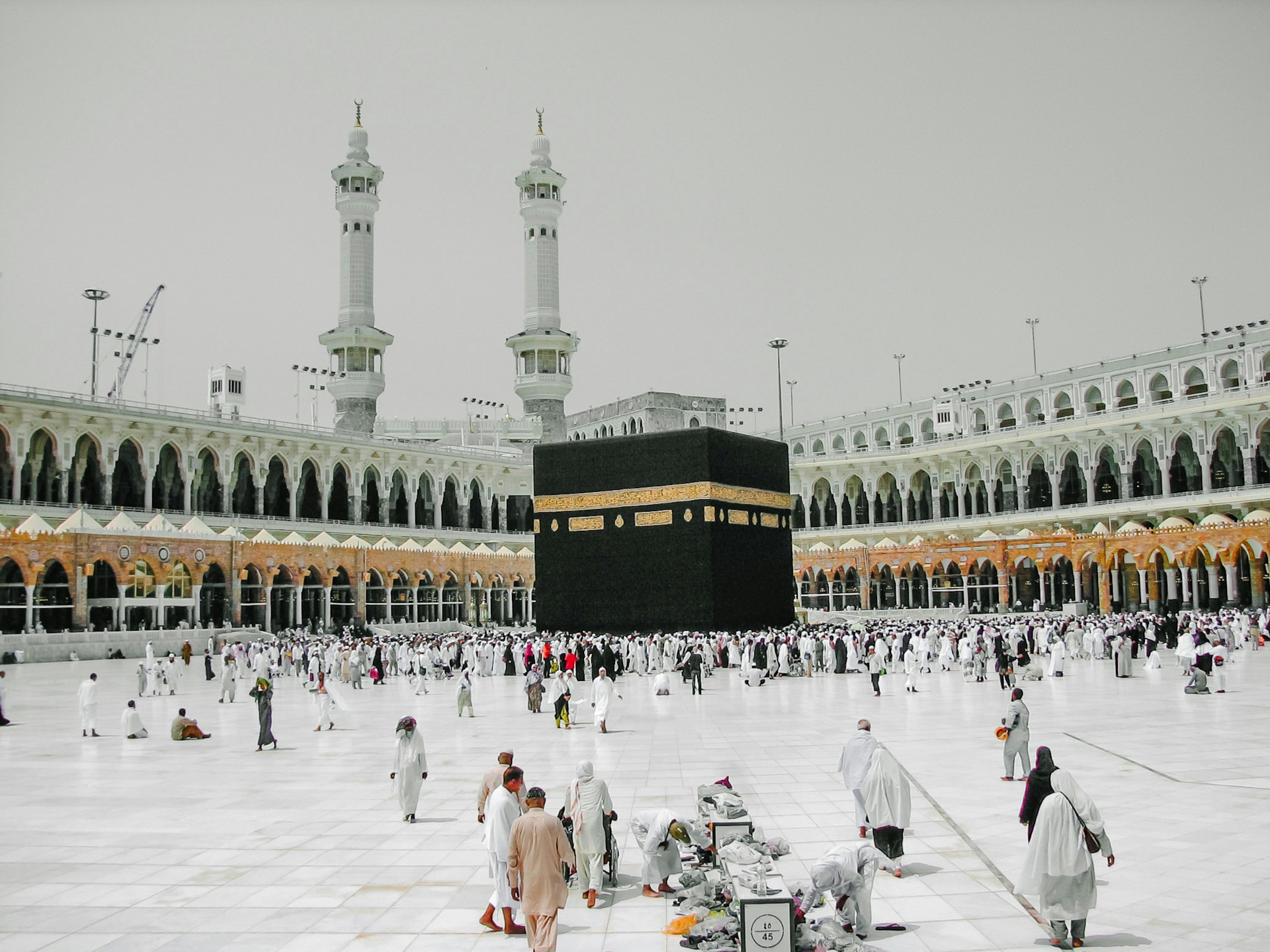
It is the direction towards which all Muslims pray. Masjid al-Haram covers an area of 357,000 square meters and can accommodate over 10,000 people at the same time for prayer. It has 7 minarets, 159 gates, the Zamzam well, and areas such as Muzdalifah and Mina.
Sheikh Zayed Mosque (United Arab Emirates)
Located in Abu Dhabi, the capital of the UAE, Sheikh Zayed Mosque is one of the largest mosques in the world. Its construction began in 1996 and was completed in 2007. Named after the UAE's founder, Sheikh Zayed bin Sultan Al Nahyan, whose mausoleum is in the courtyard, the mosque is considered one of the most important and beautiful examples of Islamic architecture.
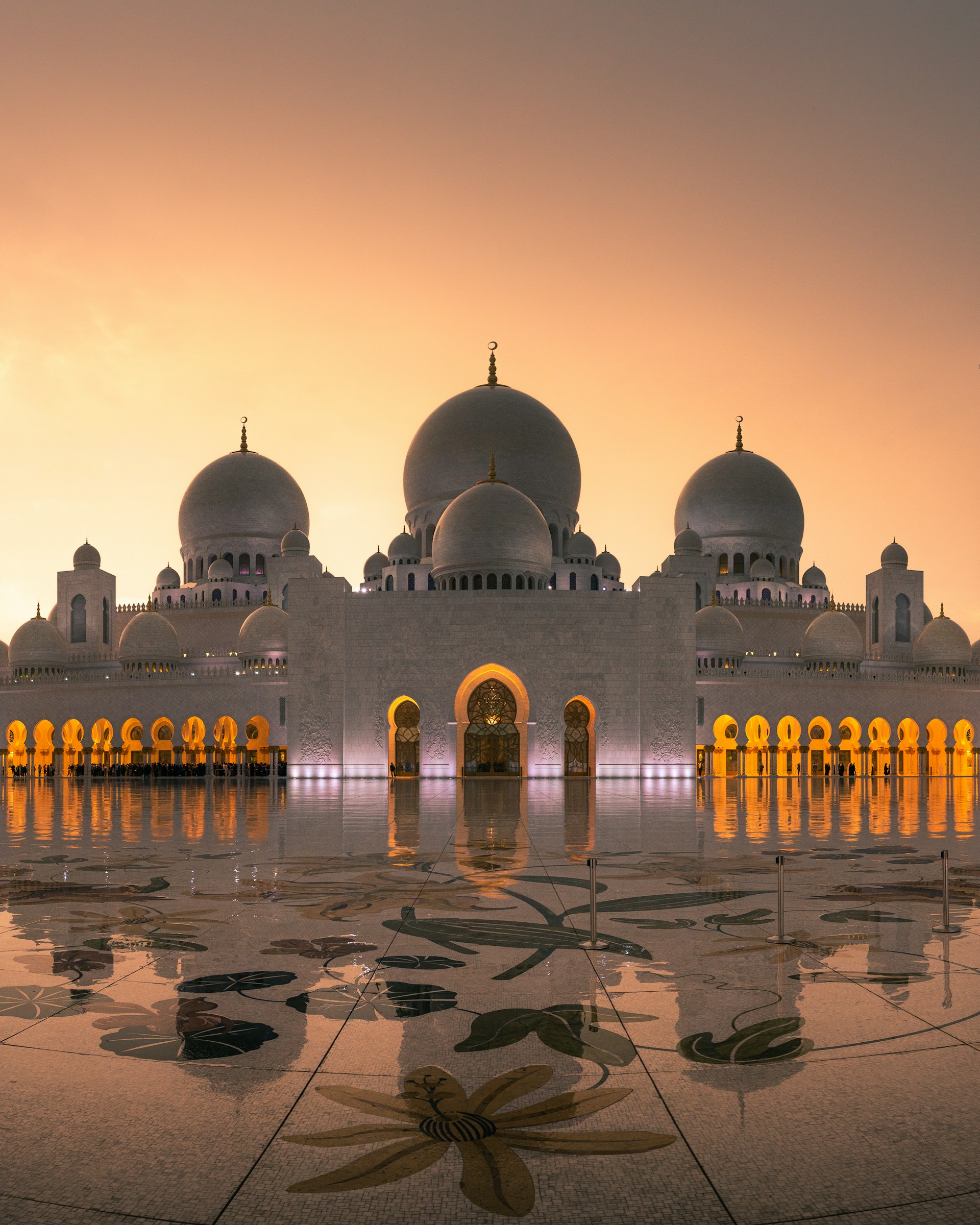
Built with white marble, it features 4 minarets and 82 domes. The spacious courtyard includes fountains for ablution. The mosque is open to tourists, and countless visitors come each year to see this unique structure.
Taj Mahal (India)
Commissioned in 1632 by Mughal Emperor Shah Jahan, this grand structure employed 20,000 workers. Built with white marble, the mosque reflects Persian, Indian, and Islamic styles. Added to the UNESCO World Heritage List in 1983, the Taj Mahal is visited by countless tourists every year.
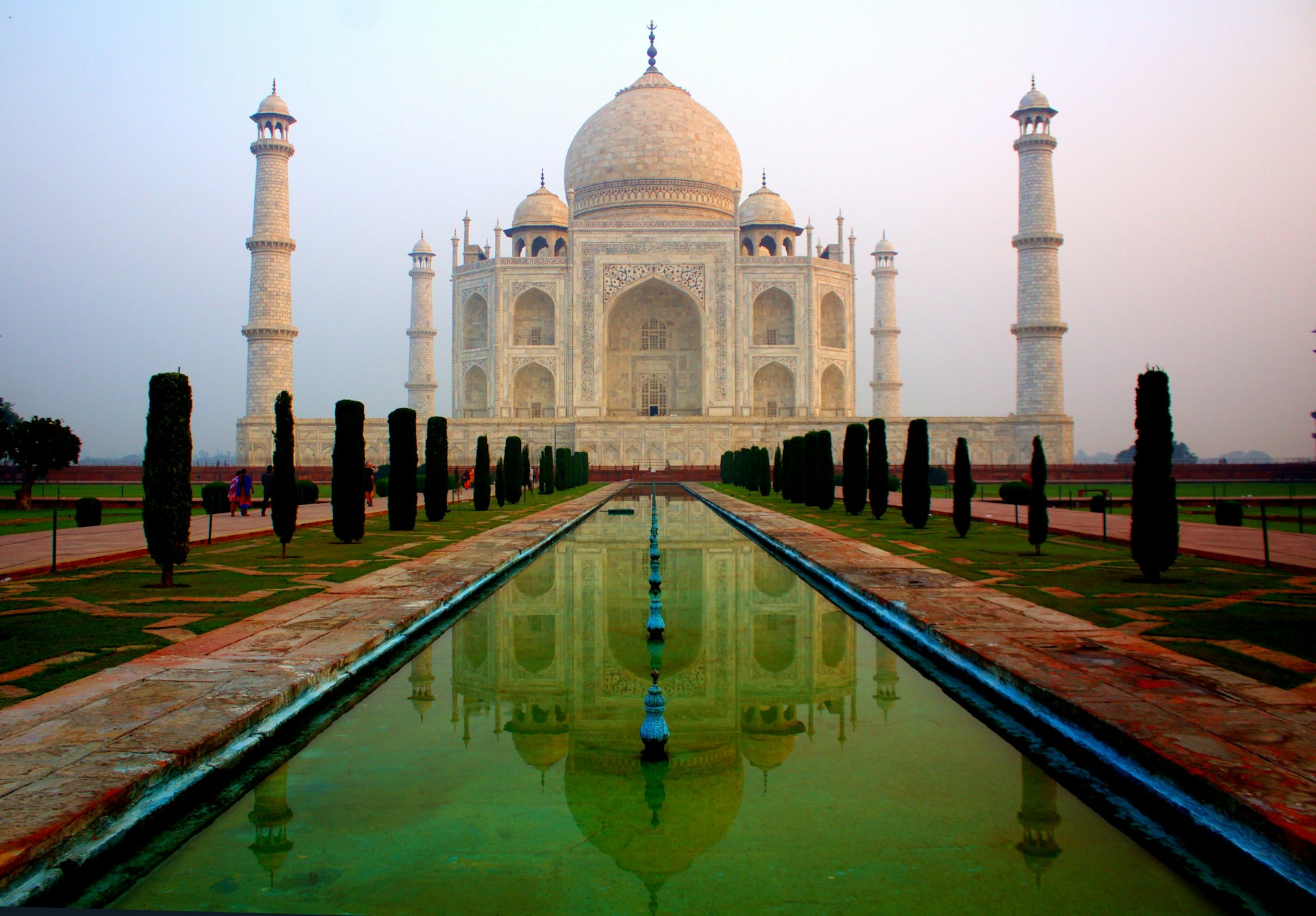
It is not only an architectural masterpiece but also a place with a unique spiritual atmosphere, showcasing the richness and diversity of Islamic architecture.
Al-Masjid an-Nabawi (Saudi Arabia)
Constructed after the death of Prophet Muhammad, Al-Masjid an-Nabawi is a highly significant mosque for the Islamic world. Its construction began in 622 and was completed in 628.
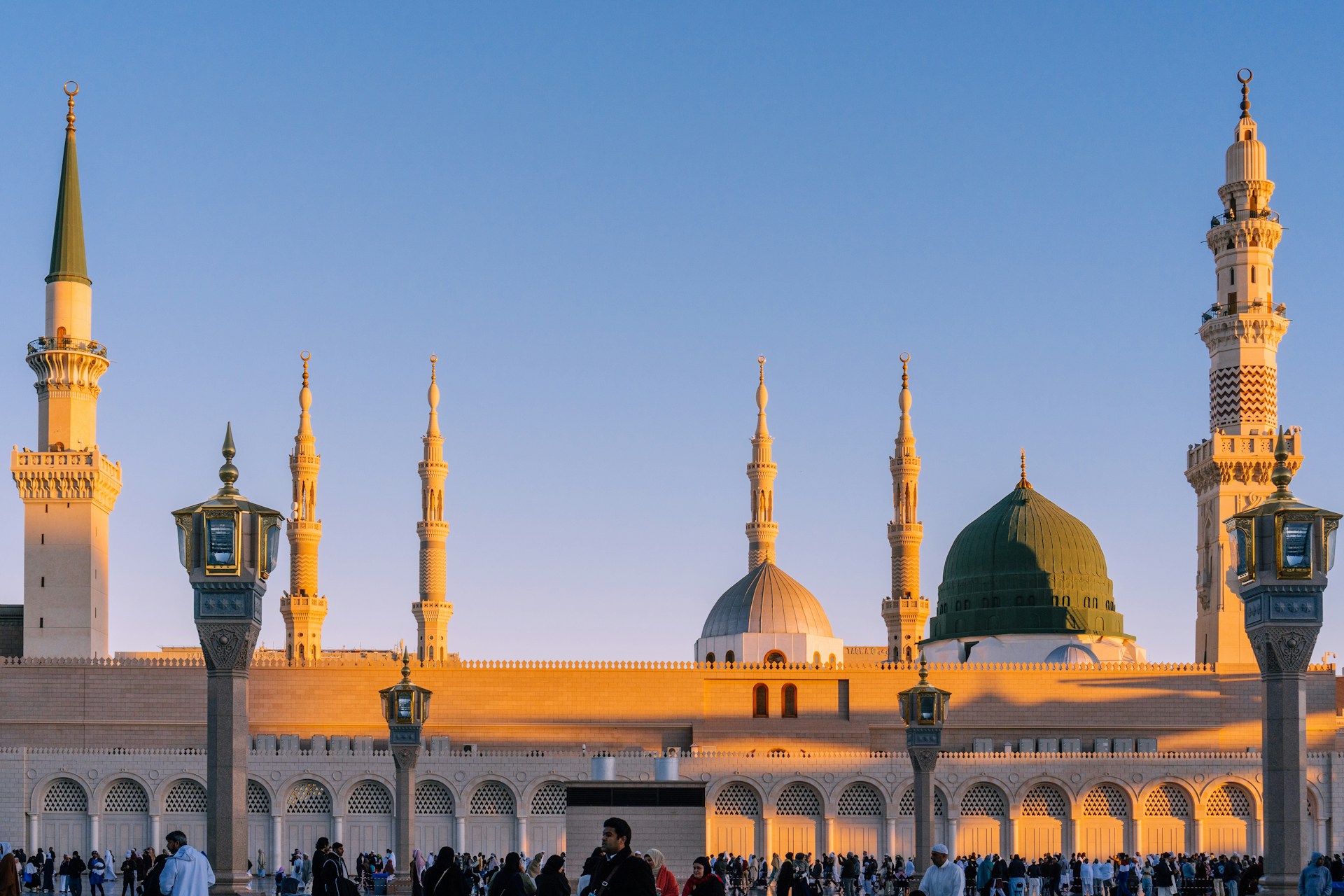
The house of Prophet Muhammad is located within its courtyard. He delivered his farewell sermon in this mosque. The mosque has 10 domes, 10 minarets, and 81 gates, with a capacity of 698,000 people. It is open to visitors from 5:00 AM to 11:00 PM.
Sultan Ahmed Mosque (Türkiye)
One of Istanbul’s most important landmarks, the Sultan Ahmed Mosque, located in the Fatih district, was initiated by Sultan Ahmed I in 1609 and completed in 1617. It is one of the finest examples of Ottoman architecture, featuring six minarets and a central dome. Built as a complex, its courtyard includes tombs, fountains, and markets. Designed by Sedefkar Mehmed Agha, entry to the mosque is free. It is centrally located, making it easily accessible by taxi or public transport during a visit to Istanbul.
Umayyad Mosque (Syria)
One of the oldest and largest mosques in the world, the Umayyad Mosque is located in Damascus. It was built in 715 by Umayyad Caliph Al-Walid I. The mosque holds a significant place in Islamic architecture and bears traces of Roman, Byzantine, and Sassanid influences. It also houses the shrine of John the Baptist (Prophet Yahya). Despite being damaged in wars over time, it has been restored multiple times and remains intact today. Added to the UNESCO World Heritage List in 2018, it is open to visitors from 9:00 AM to 5:00 PM.
Süleymaniye Mosque (Türkiye)
One of Istanbul’s most important historical buildings, the Süleymaniye Mosque, was built in 1557 by order of Sultan Suleiman the Magnificent. Designed by the architect Mimar Sinan, it is one of the most prominent examples of Ottoman architecture. The mosque’s courtyard includes a library, madrasa, market, bathhouse, and hospice. With 4 minarets and a single dome, the mosque covers an area of 3,500 square meters. Entry is free, and it is visited by hundreds of thousands of people every year.
Badshahi Mosque (Pakistan)
Located in Lahore, Pakistan, Badshahi Mosque was built in 1673 by Mughal Emperor Aurangzeb. Constructed with red sandstone and marble, it is an impressive and eye-catching structure.
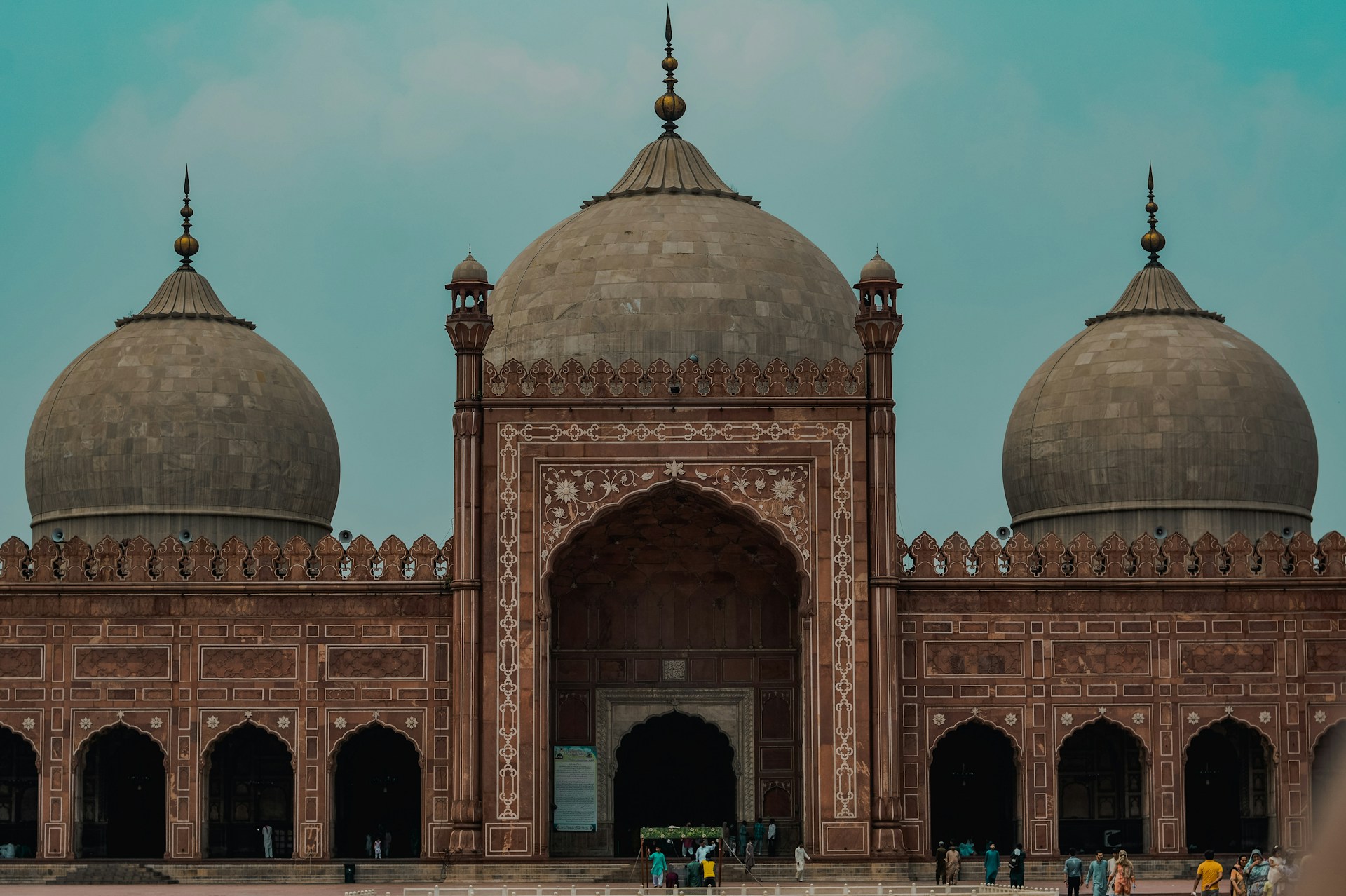
Listed as a UNESCO World Heritage Site, its main courtyard covers an area of 276,000 square meters and can accommodate 100,000 people. The mosque has 4 minarets and 3 domes. Entry is free, and it is open to visitors from 5:00 AM to 11:00 PM.
Hassan II Mosque (Morocco)
The largest mosque in Africa and the seventh largest in the world, Hassan II Mosque is located in Casablanca. It was built in 1993 by King Hassan II. Constructed on reclaimed land on the Atlantic Ocean, it is sometimes referred to as the Ocean Mosque. Its minaret, at 210 meters, is the tallest in the world. Spanning 9 hectares, the mosque can accommodate up to 105,000 people. It is a modern example of Moroccan architecture and is open to visitors. A fee is required for entry, and it can be visited from 9:00 AM to 7:00 PM.
Koutoubia Mosque (Morocco)
Located in Marrakech, the Koutoubia Mosque, a symbol of the city, was built in the 12th century during the Almohad Caliphate by Abd al-Mu’min and completed in 1195.
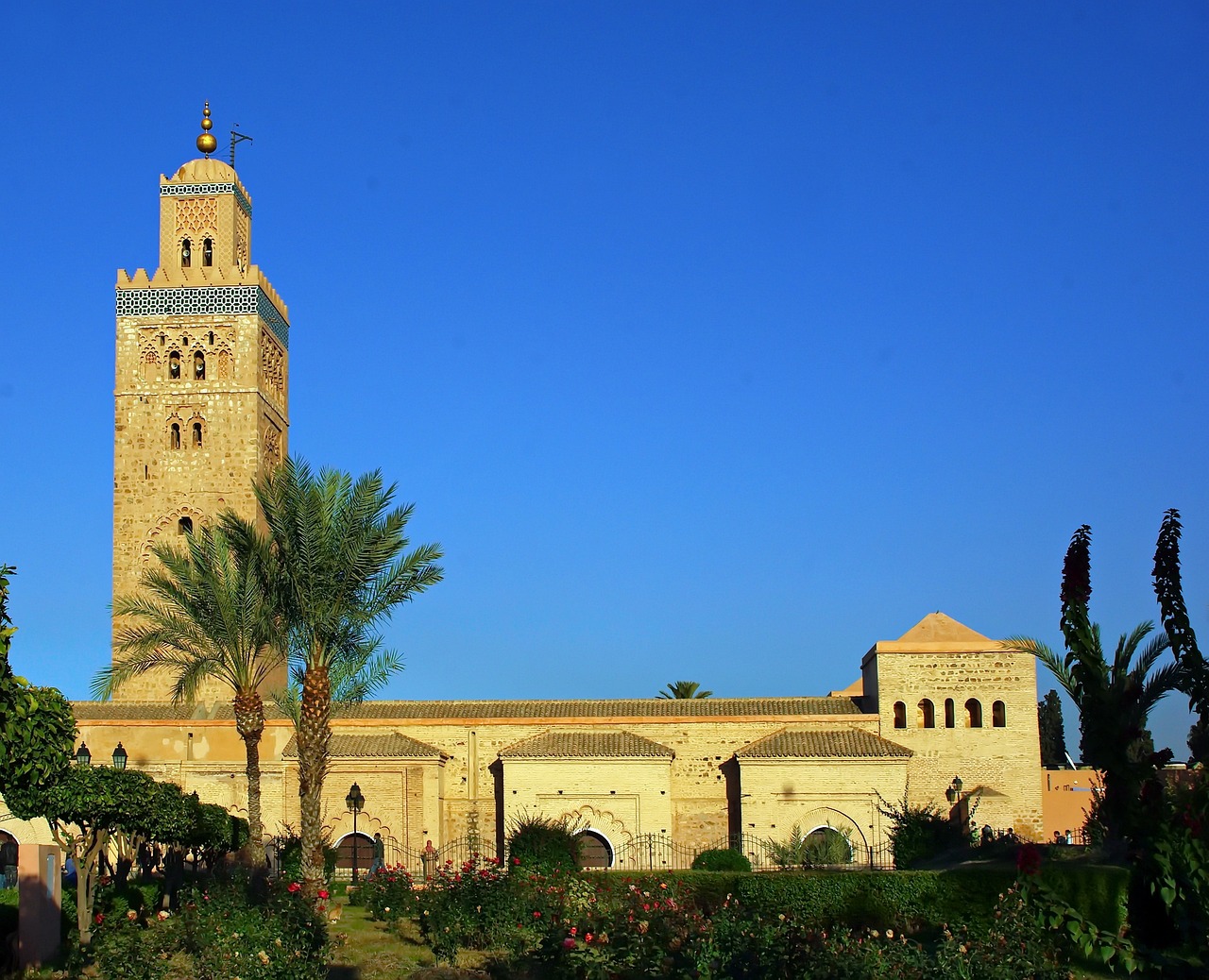
Its minaret stands 77 meters high. It is one of the most important examples of Andalusian architecture. Built with red brick, the mosque features geometric designs and arches. The spacious courtyard is surrounded by orange and palm trees. Centrally located, it can be reached by taxi, bus, or on foot.


